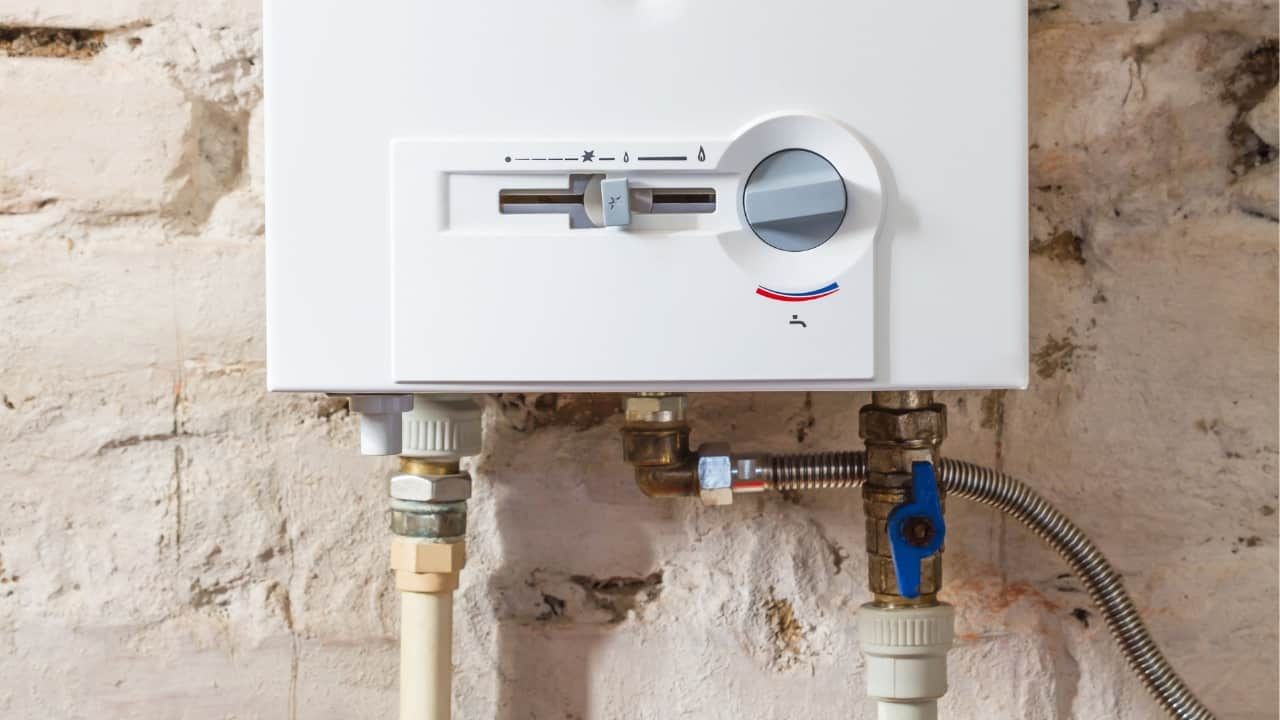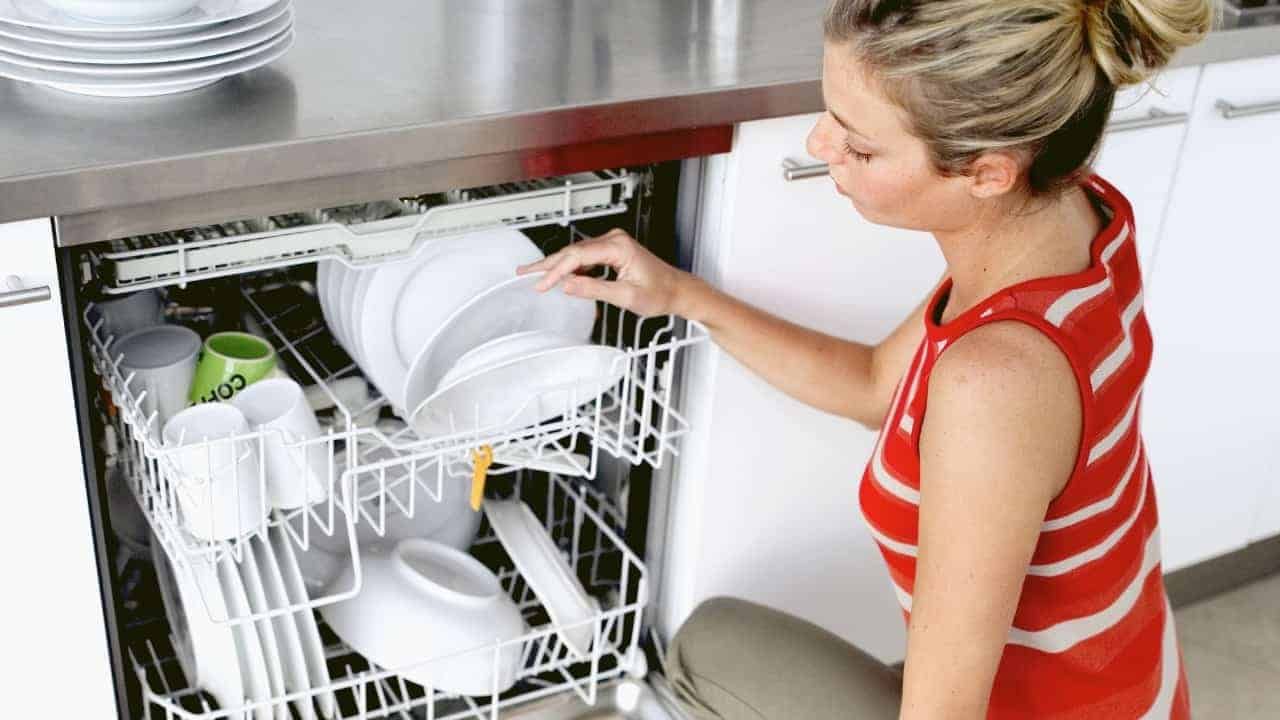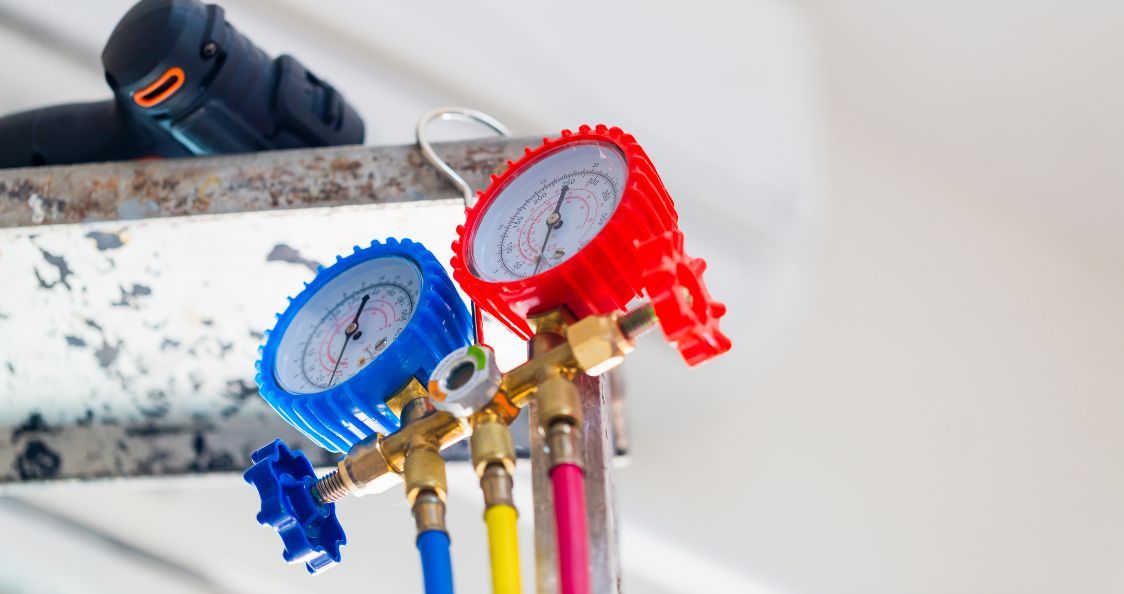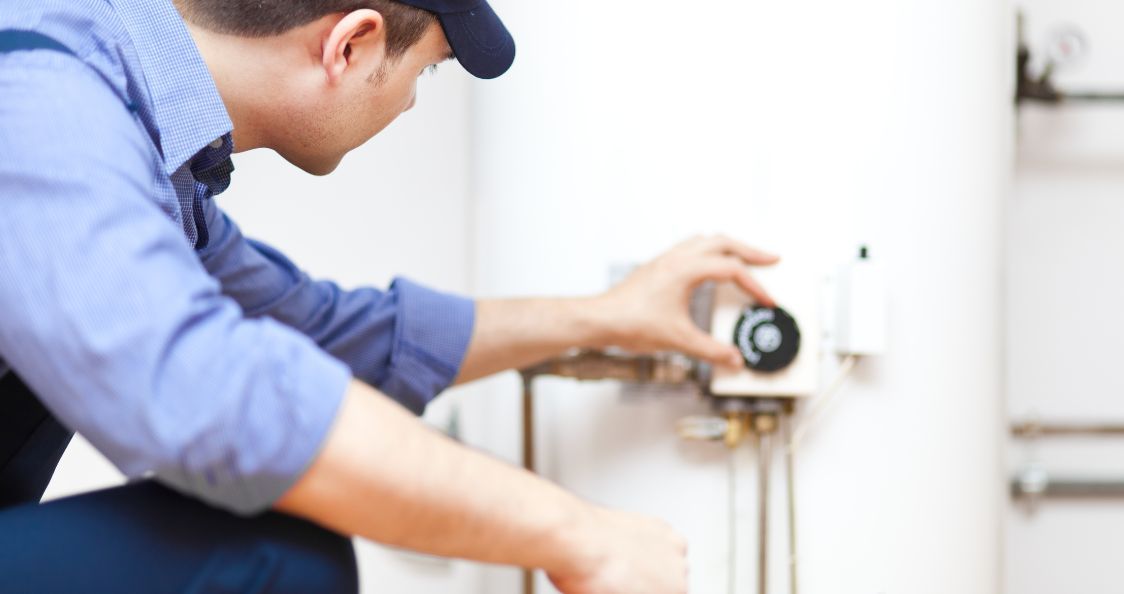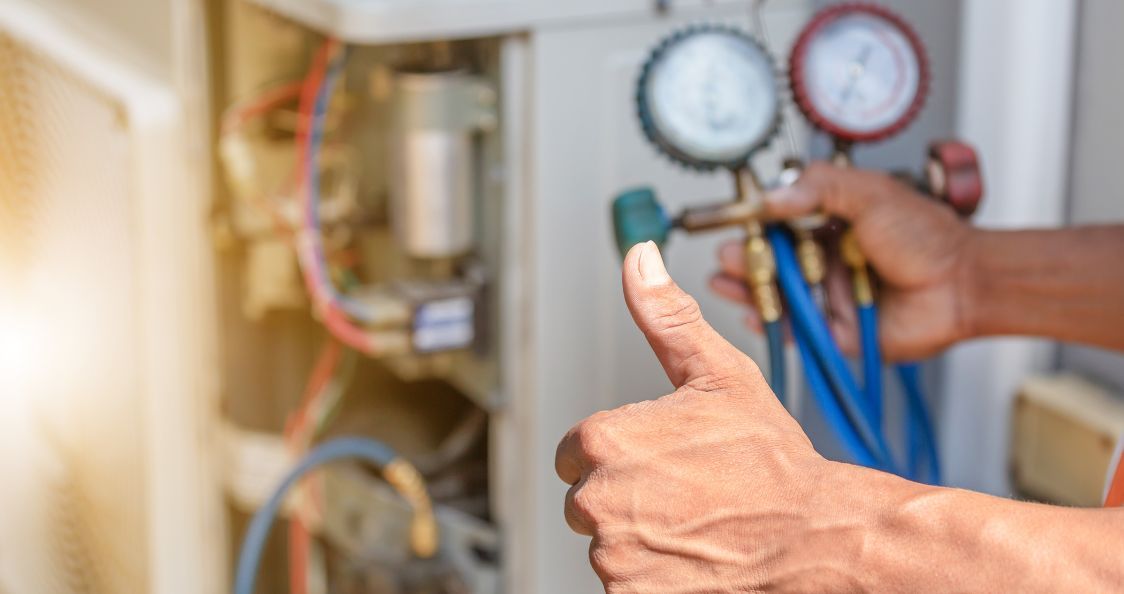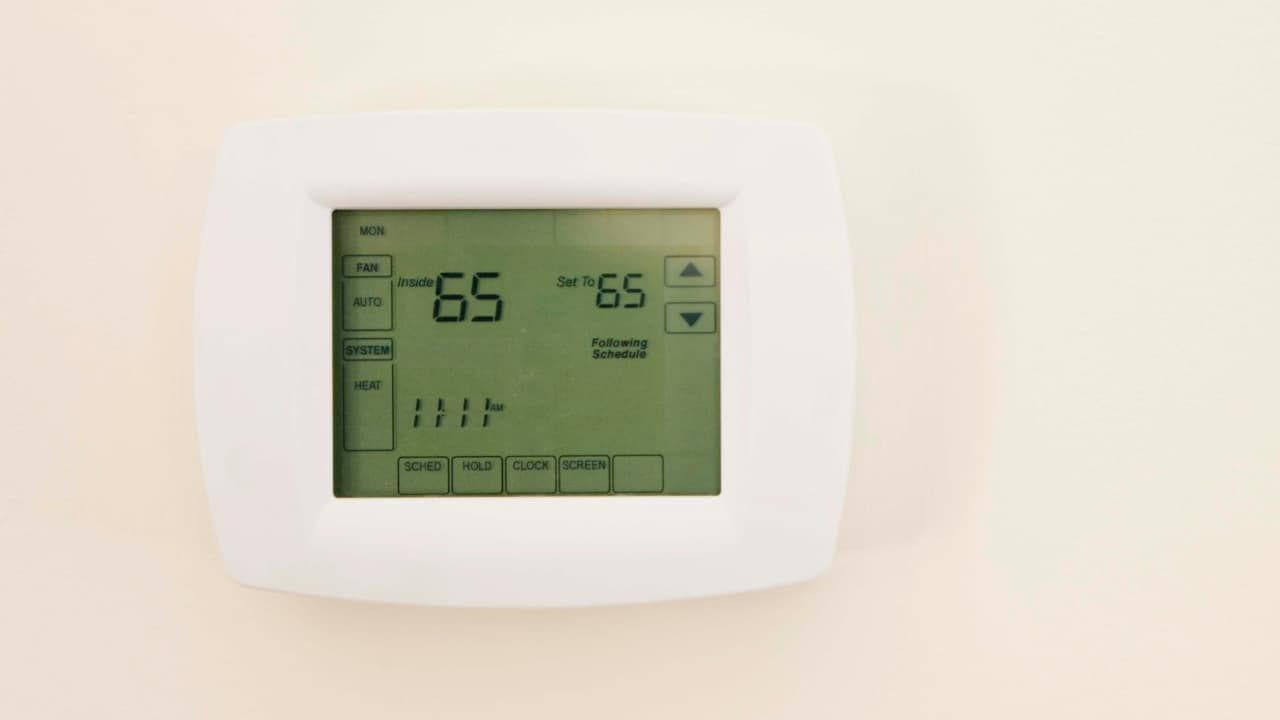
Which Thermostat Setting Is Better?
Which Thermostat Setting Is Better?
HVAC thermostats now come with so many functions. However, not all homeowners understand the different functions on the thermostat, such as the fan’s “on” or “auto” setting. So, which thermostat setting is better? In this article, we’re explaining thermostat settings so you can set your thermostat to better your needs.
What Does the “On” and “Auto” Settings Mean?
Sacramento furnace repair professionals explain that the fan “on” setting means that the fan in your HVAC unit will keep running regardless of whether the unit has cycled on or off.
Conversely, the “auto” setting means that the fan of your HVAC unit will only run while the system is in a heating or cooling cycle. Once the desired temperature is reached, the fan, along with the HVAC unit, will turn off until the thermostat detects that the indoor temperature has deviated from the settings selected.
What Are the Wider Implication of the “On” and “Auto” Fan Settings?
Thermostat Setting: Fan “On”
As already mentioned, this setting makes the fan to run constantly for as long as the HVAC unit is turned on. Consequently, air will keep being pushed through the HVAC filter throughout the day. Any contaminants in the air inside your home will be trapped in the filter, and this will improve the quality of the air inside your home.
Secondly, the conditions inside your home (cooling or heating) will be uniform because the fan will keep pushing conditioned air to all parts of the home regardless of whether the HVAC unit has cycled on or off. Hot and cold spots will be a thing of the past when you select this fan setting. Thirdly, the components of the fan will last longer since the fan is constantly running without stopping and restarting numerous times each day. However, the convenience of the “on” setting comes with a major downside, according to technicians at Clarke & Rush. You are likely to see an increase in your monthly energy bill since the fan will use energy as it is running nonstop.
Thermostat Setting: “Auto” Fan
Your energy bill is likely to be lower if your fan is set to “auto” when compared to another person whose fan is set to “on.” This is because the “auto” setting only makes the fan to kick in as the HVAC unit is running to cool or heat the home. As soon as it cycles off, then the fan also stops running. Those periods of inactivity conserve energy. However, the “auto” setting compels the fan to start multiple times during the day. This causes a lot of stress on the components of the fan, and it will age faster. Secondly, indoor air quality is likely to be lower than is the case for the “on” setting. This is because the air isn’t passed through the filter many times during the day.
Variable Speed Air Handlers
As you can see from the discussion above, both “on” and “auto” fan settings come with pros and cons. Professionals at Clarke & Rush suggests that homeowners upgrade to units with air handlers that run at variable speeds. Such units will provide a hybrid between the “auto” and “on” fan settings because the air handler will constantly run but at different speeds based on the air conditioning needs at the moment. In this way, you will get high-quality indoor air without incurring high energy costs or high HVAC repair costs due to worn fan components.
Determining which thermostat setting is better depends on your specific needs. You can turn the fan to “on” when you are at home, then set it to “auto” while you are away. Alternatively, talk to a furnace repair professional in Sacramento for advice regarding the installation of a variable speed unit.
Other Blogs You May Be Interested In
Categories
- About Clarke & Rush (1)
- AC Replacement (8)
- AC unit Maintenance (10)
- Boilers (1)
- Commercial HVAC (3)
- Commercial Plumbing (2)
- Furnace (3)
- Furnace Maintenance (2)
- Furnace Repair (4)
- Green Homes (3)
- Gutter Repair (1)
- Gutter Replacement (5)
- Heat Pump (1)
- Home Energy Tips (2)
- Home Improvement (6)
- HVAC (17)
- HVAC Replacement (7)
- Insulation (2)
- Kitchen Plumbing (1)
- Plumbing (2)
- Plumbing Problems (8)
- Reducing Energy Costs (6)
- Repiping Services (3)
- Residential HVAC (45)
- Residential Insulation (4)
- Residential Plumbing (33)
- Residential Windows (6)
- Sewer Line (2)
- Uncategorized (10)
- Water Heaters (4)
- Water Line Repair (1)
- Water Treatment (1)
- Window Installation (8)
- Window Instllation (1)
- Window Replacement (7)
- Windows (8)


